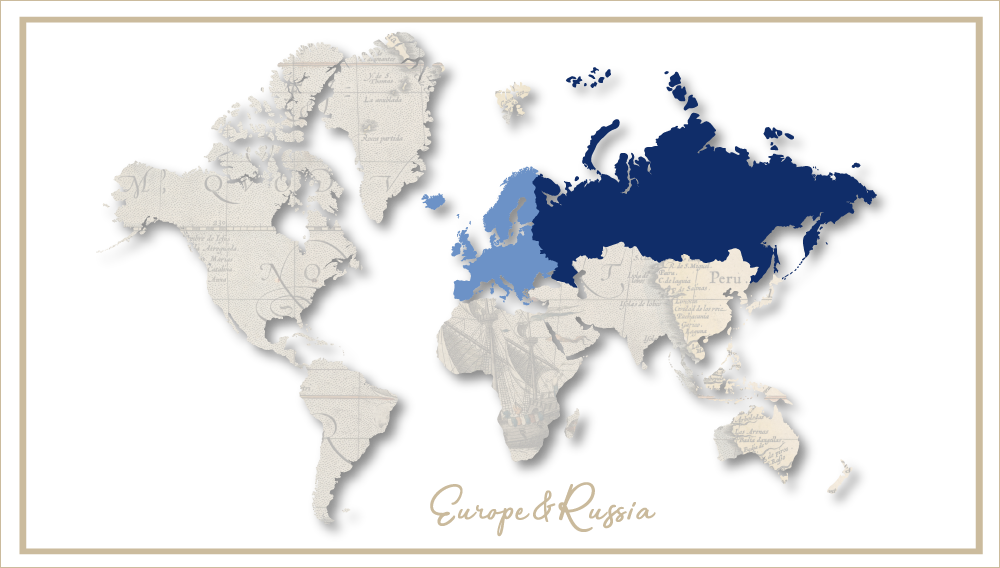AB-InBev under pressure in Belgian beer market
Belgium | Beer consumption has been in decline in Belgium for years. In 2018, Belgians drank 7 million hl beer, an increase of 100,000 hl over 2017, but still a significant decrease from the 8.5 million hl beer consumed in 2010.
What has caused volumes to decline? According to a recent article in the Belgian business magazine Trends, it has been triggered by an aging population, tougher regulations – including the ban on driving under the influence –, as well as a shift towards specialty beers (“less but better”). This has led to price and promotional pressure among brewers, augmented by the fact that the off-premise sector now accounts for 58 percent of beer sales.
Trends puts AB-InBev’s market share at 53.3 percent in 2018, after losing 0.9 percent in volume year-on-year. However, insiders estimate that AB-InBev’s market share is at least 60 percent, arguing that the world’s number one brewer intentionally conceals its market clout, out of fear that the competition authorities might take a closer look at its practices. Which they have done anyway. In May 2019, the EU fined AB-InBev EUR 200 million because the firm had restricted cross-border sales between the Netherlands and Belgium.
AB-InBev’s main seller in Belgium is the pils brand Jupiler, which Trends believes declined slightly in 2018. But AB-InBev’s newly-launched alcohol-free version, Jupiler 0.0, more than made up for this as it has grown strongly. Currently the non-alcoholic and low-alcohol segment stands at 5 percent of total sales, says the Belgian Brewers Association.
AB-InBev reported that its turnover in Belgium improved slightly, by almost 1 percent, to EUR 600 million in 2018. As this figure includes some of the internal remuneration for beers that are exported, Trends can’t say how much AB-InBev’s domestic turnover really was. After all, 90 percent of Stella Artois brewed in Leuven is exported.
Heineken-owned Alken-Maes, which is ranked second, seems to have accomplished its turnaround after a decade of wobbles. After the purchase of Alken-Maes in 2008, the firm often reported a loss. But Alken-Maes sold more beer last year and also saw its turnover rise by almost 6 percent. The brewer mainly attributes this to the growth of specialty beers, such as Grimbergen and Hapkin, as well as price increases.
In terms of domestic sales, the privately-owned Haacht brewery ranks third. Thanks to its own large pub estate, it is particularly strong in the on-premise sector, says Trends. It is here that it sells two thirds of its beer. However, the on-premise has suffered most in recent years. The Brewers Association registered a volume decline in this sector by 3.4 percent to 2.94 million hl beer in 2018. Haacht beat the general trend, with a reported volume loss of only 0.5 percent. Despite this, it managed to grow domestic turnover by 0.2 percent.
The privately-owned Duvel Moortgat is believed to have ranked fourth. Although Belgium only accounts for 29 percent of consolidated sales (after buying two US craft brewers, contributions from that market surpass Belgium’s), the brewer has managed to hike its domestic sales by almost 4 percent in 2018.
The fifth-ranked Palm Brewery also reported positive results. In the spring of 2016, the brewer from Steenhuffel was bought by the Dutch Swinkels Family Brewers (formerly Bavaria). Turnover in Belgium experienced a jump of more than 6 percent last year, thanks to a hike in beer exports and sales of its specialty beers Cornet and Rodenbach.
Among Belgium’s major brewers Martens Brewery would rank third in terms of capacity, which it increased from 2 million hl to 3 million hl. But as it mainly produces private label beers for supermarkets like Aldi, Carrefour, Cora and Metro, among others, which are considered exports, its domestic sales ranking is estimated to be below the others. Martens’ business model has its price, says Trends: waver-thin margins. Despite a slight increase in turnover of 2.7 percent at the holding company Bockhold, profit margins shrank in 2018.
Considering that out of 7 million hl of domestic beer consumption, roughly 4 million hl need to be attributed to AB-InBev’s portfolio of brands, this only leaves 3 million hl in sales for Belgium’s 303 remaining breweries. However, volume sales do not necessarily translate into highly profitable sales. In terms of profit margins, the Trappist breweries put all the rest to shame, insiders say.
Authors
Ina Verstl
Source
BRAUWELT International 2019


